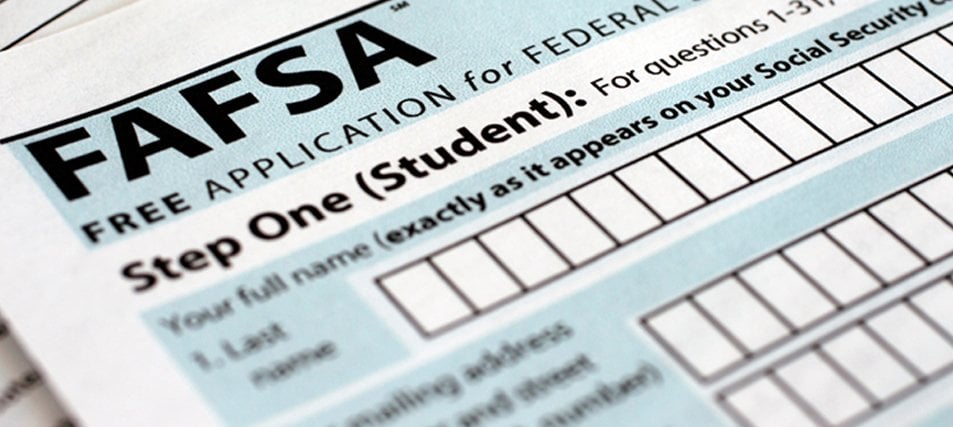5 Ways to Prepare for the FAFSA

The Free Application for Federal Student Aid (FAFSA) for the 2026-2027 academic year opened on October 1, 2025. While the deadline for filing an application isn’t until June 30, 2026, submitting the form early is highly recommended. Early submission is important because some aid programs are on first-come, first-served basis and some schools have an earlier deadline, with some as early as January. Also, the sooner you apply, the sooner you’re likely to receive your financial aid offers. Early submission also gives you more time to correct any errors and deal with any unexpected issues. Here are some important steps to take to file the FAFSA now and avoid delays.
1. Line up your “contributors”
The FAFSA asks students to submit financial information about themselves and their spouse or parents (called “contributors”). Who exactly must contribute depends on the student’s FAFSA dependency status (whether the student is required to report their parents’ financial information and thus considered “dependent” or whether the student is considered independent for FAFSA purposes), tax filing status, and marital status.
- Usually, dependent students must submit financial information about themselves and both parents, and independent students must provide information about themselves and a spouse, if married.
- The Federal Student Aid office provides information about how to identify a contributor in different circumstances, such as if you are a dependent student but don’t live with your parents or if you have no contact with your parents.
- It’s important to note that each contributor will need to create a Federal Student Aid (FSA) account and an FSA ID to complete the FAFSA, which brings us to the next item.
2. Create Your Federal Student Aid Accounts
If you haven’t done so already, go to the Federal Student Aid website and create your FSA account, and ask your contributors to do the same. During registration, each contributor will be asked to create an FSA ID, which they’ll use to access the FAFSA form. According to the Federal Student Aid office, contributors without a Social Security number can create an account, obtain an FSA ID, and access the FAFSA form.
Contributors must also consent to allowing the Federal Student Aid office to download their tax information from the Internal Revenue Service and to share that information with your colleges. Even if a contributor has not filed a federal tax return with the IRS, he or she must provide this consent. Failing to provide consent will make the student ineligible for federal financial aid.
3. Review Financial Aid Deadlines
It’s important to keep three financial aid deadlines in mind: the deadline set by your state, the federal deadline, and the deadline for every college on your list. Many colleges have priority financial aid deadlines, which means you need to submit your FAFSA form by that date to give yourself the best chance of receiving the most money. You’ll find these deadlines on CollegeData’s college profiles, but always double check them with the college’s financial aid office and website.
4. Follow the Federal Student Aid Office on Social Media
The Federal Student Aid Office will be releasing updates related to the new FAFSA form and financial aid on Facebook, Instagram, and other social media channels. Follow them to stay in the information loop. Information will also be posted to the Federal Student Aid website regularly. In addition, you can download a paper version of the FAFSA here.
5. Search for scholarships
The percentage of students who receive enough financial aid to cover all of their college expenses is relatively low, but it varies depending on the type of institution, family income, and financial need. In addition to federal financial aid, there are several other sources of aid that may be available to help cover college costs, including state financial aid, institutional aid, student loans, work study and campus jobs, and scholarships. Now is the time to find and apply for scholarships to supplement any financial aid you may receive. Use CollegeData’s Scholarship Finder to explore thousands of scholarships totaling more than $5 billion.
Finally, remember that it is important to complete the FAFSA form, even if you don’t think you or your family will qualify for financial aid. Some colleges use the FAFSA to determine eligibility for merit scholarships and other awards. At the very least, you may qualify for an unsubsidized federal student loan. For more information on scholarships and paying for college, visit CollegeData’s Pay Your Way and Scholarship Central blogs.



